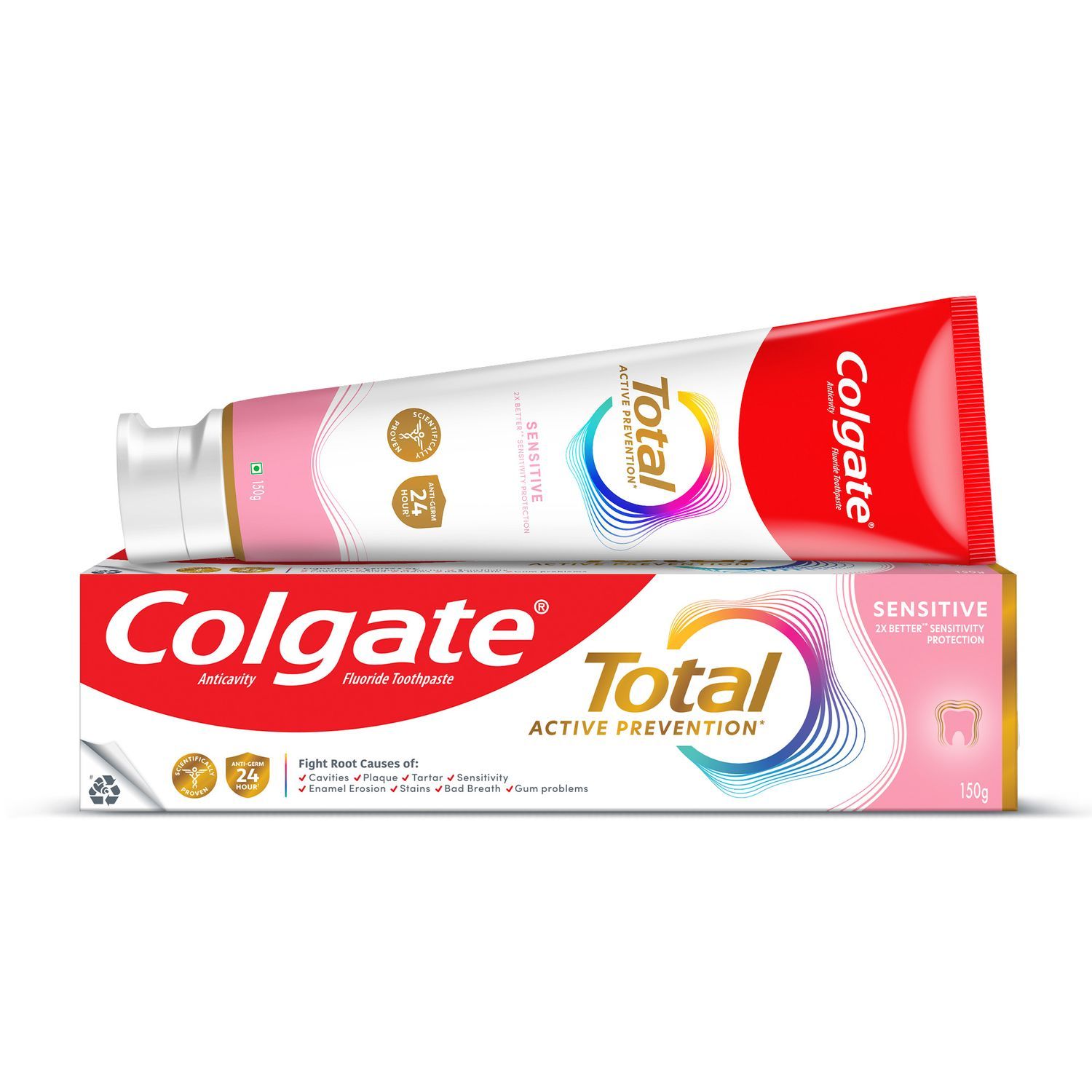Fluoride
When it comes to fighting cavities, fluoride plays a starring role. The Indian Academy of Oral Biology notes that fluoridated toothpaste helps prevent dental caries, which is why fluoride is added to many brands of toothpaste. It's a mineral that helps strengthen the enamel on your teeth, making them less susceptible to cavities and less likely to wear down from acidic foods and drinks. Although you can find toothpastes that don't contain fluoride, only products that contain this active ingredient can qualify for the ADA's Seal of Acceptance.
Abrasives
Although this ingredient plays an active role in toothpaste, abrasives are technically considered an inactive ingredient because they don't reduce your risk for cavities or gum disease. However, your toothpaste wouldn't have much of an effect without them. Abrasives are the ingredients that actually remove food debris and stains from teeth.
Abrasives were originally very rough and included things such as crushed egg shells, which were used by the ancient Egyptians, or crushed oyster shells, which were favoured by the Romans. Today's abrasives are a bit gentler and typically include calcium carbonate, dehydrated silica gels and hydrated aluminium oxides. The goal of the abrasive ingredients in modern toothpaste is to scrub the surface of the teeth without scratching or damaging your tooth's enamel. These days, it's the one-two punch of toothpaste and your toothbrush that helps you polish your teeth to a shine.
Flavours
Fluoride and abrasives – these ingredients might help you clean and protect your teeth. What they won't do is taste delicious on their own. That's why you'll typically find a number of flavouring ingredients in toothpaste. Toothpaste flavours typically come from sweetening agents, such as saccharin or sorbitol. Some toothpastes are even fruit-flavoured for children's use. Although these ingredients give the toothpaste a sweet taste, it's important to note that these toothpastes don't contain sugar and thus won't cause tooth decay. The ADA may give its Seal of Acceptance to toothpastes with sweeteners, but it will not sign off on a toothpaste that contains decay-causing sugar.
Humectants
Some of those flavouring agents, like sorbitol, actually play two roles. Sorbitol is an example of a humectant, an ingredient that prevent loss of water in the toothpaste. A humectant traps water in the toothpaste so that when you squeeze the tube, you get a nice, smooth substance. Along with sorbitol, other examples of humectants include glycol and glycerol.
Detergents
It is important to have detergents in toothpaste because they help foaming to occur when you brush your teeth. One of the most common detergents placed in toothpastes is sodium lauryl sulphate.
The next time you're in the toothpaste aisle and find yourself wondering about its contents, pick up the nearest box and flip it over. What is in toothpaste is also listed on its packaging so you can get an idea of how the paste will clean your teeth, and whether it will provide extra protection against conditions like gingivitis.
This article is intended to promote understanding of and knowledge about general oral health topics. It is not intended to be a substitute for professional advice, diagnosis or treatment. Always seek the advice of your dentist or other qualified healthcare provider with any questions you may have regarding a medical condition or treatment.
ORAL HEALTH QUIZ
What's behind your smile?
Take our Oral Health assessment to get the most from your oral care routine
ORAL HEALTH QUIZ
What's behind your smile?
Take our Oral Health assessment to get the most from your oral care routine













